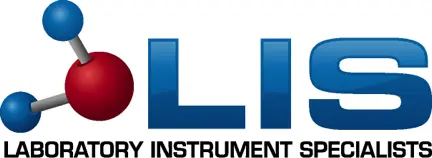The food industry is tightly regulated for safety and quality control. A fat analyzer and protein analyzer are devices used to aid in this process. There are a variety of ways in which the instruments carry out this process, with the end goal of determining how much fat and protein a given food contains. This is important for many reasons and is a vital part of any food production process. Here are some of the ways in which the devices are used.
Quality Control
- Maintain consistency
- Ensure that fat and protein content standards are met
- Analyze samples from each production batch
- Identify and modify variations in product composition
Recipe Development
- Use fat and protein product specifications to create food recipes
- Modify and tweak recipes to reach fat and protein content goals
- Optimize current products
- Create new products
Labeling Compliance
- Accurate reporting of fat and protein content on food labels
- Stay compliant with regulations regarding the fat and protein content of a given food item
Process Optimization
- Monitor and control the many stages a food goes through during processing and production
- Reduce waste
- Improve the amount of a given food product
- Enhance efficiency in terms of food production
Cost Control
- Using data from analyzing fat and protein content in raw materials allows for cost saving measures when a company makes purchases
- Allows for choosing suppliers that offer consistency in fat and protein content
- Improves product quality
- Maintains product consistency
Allergen Control
- Detect the presence of specific allergens in a food product
- Ensures allergen labeling is accurate and meets standards
- Prevents cross contamination
Research and Development
- Study and understand the nutritional makeup of a food product
Food Safety
- Find contaminants in food products, such as adulterants or foreign substances that compromise food safety
- Prevents health risks from consuming the food in question
Types of Fat and Protein Analyzers
There are a variety of analyzing instruments that help you determine fat and protein content of a food product. As a food manufacturer, there is likely one that best suits your needs. Learning about each option can help you make the right decision for your food business. That could be near-infrared spectroscopy, microwave technology or wet chemistry methods. Each has pros and cons and you’ll need to weigh them carefully as you make your decision. Using the appropriate analyzer is important for meeting quality standards, adhering to food production regulations, and meeting the expectations of your consumers.
No matter what type of fat analyzer or protein analyzer you choose, we’re here to help you find the most ideal instrument for your purposes. If you have questions or need to know more, contact Laboratory Instrument Specialists today. We can assist you as you research your choices and decide on the device you want to purchase.



No Comments
Be the first to start a conversation